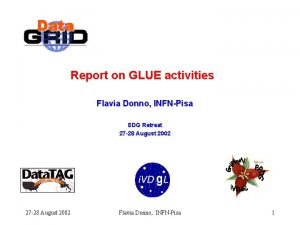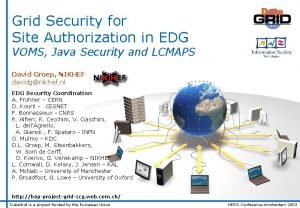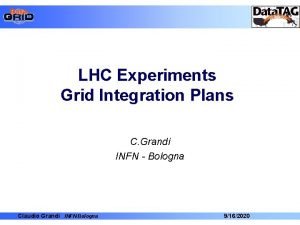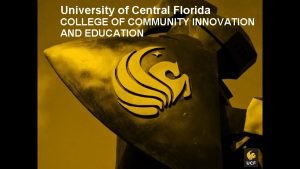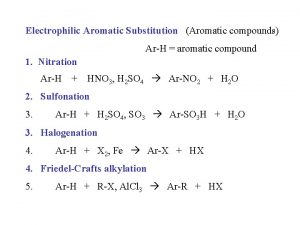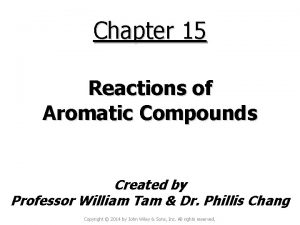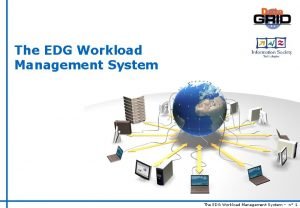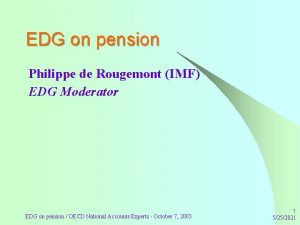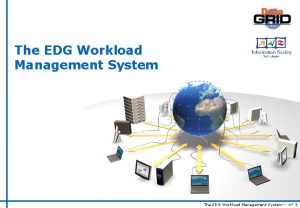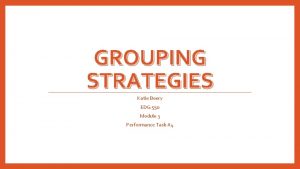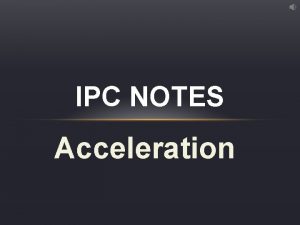Performance Task 4 Jennifer Galassi EDG 550 Acceleration










- Slides: 10

Performance Task #4 Jennifer Galassi EDG 550

Acceleration Techniques: Name Advantages Implications/considerations Early admission to - Least administratively disruptive Kinder. or 1 st option grade - Avoids discontinuities in curriculum - Helps challenge gifted students - Many educators believe early entranced students may be immature or achievement will be low. - With proper screening with a readiness assessment, accelerated students adjust as well as nonaccelerated peers. - Receiving teachers should be open to early admission students. Grade skipping: - Requires no additional materials also called double - May be more beneficial than promotion, more other alternatives (enrichment typically in the options) early grades. - Students should be at least 1 -2 years ahead. - Concerns over missed basic skills, causing holes in instruction. A diagnostic identifies missed skills to be taught. - Concerns over social adjustment. Research doesn’t back this claim. Early admission to - High school requirements have college been met. Why stay in high school? - May prevent a gifted student’s boredom - Dependent on expectations of high schools (they have differing policies) and college acceptance. - Students miss out on extra curricular activities.

Differentiation/Enrichment Techniques: Name/Definition Advantages Tiered instruction: - More well known to teachers & easy to students are taught at a find Professional Development Classes. specific instructional level - Addresses the needs of most students in based on a preclass. assessment. - Gives gifted students more opportunities. Implications/considerations - Implementation can be complex. Teachers need the knowledge and time to change classroom structures. Library and internet research projects: essentially independent study. - Based on student interest. - A more authentic approach to learning and use student’s particular talents. - Might lead to outside of school experiences. - Students should be aware of false information on the internet. Learning centers: also known as rotations or stations - Can be flexible, with the right preparation. - Might be complicated to - Allows the teacher to pull or rotate small differentiate. groups for differentiated instruction. - Time needs to be well spent.

Grouping Strategy 1: Cluster Groups Advantages Disadvantages • Allows teachers a big enough • Not necessarily a disadvantage, group of gifted students to but creating a school-wide/grade differentiate. wide system can be challenging with buy-in from staff • More peers at their intellectual (philosophically speaking). level. Evenly balanced classrooms are • Curriculum can be compacted on the current practice in my school. a daily basis, rather than pull out once a week.

Grouping Strategy 2: Heterogenous Classes Advantages Disadvantages • Can be successful if the teacher is conscious and intentional with curriculum and enrichment. • Parallel curriculums or differentiating current curriculum cane be used. • Smaller number of gifted students. • Might lead to less opportunity for gifted students.

Grouping Strategy 3: Pullout Programs Advantages Disadvantages • Gives gifted students enrichment opportunities once or twice a week. • Brings gifted students together in a social setting. • Has potential for success if class and gifted teachers coordinate content. • Most common type of programming, but the most criticized. • Cost: Gifted teacher’s salary. • Special projects may take longer or need to be finished at home with only a small time each week. • Might be uncomfortable for students to be pulled out.

Grouping Strategy 4: Temporary Grouping (Reading or Math) Advantages Disadvantages • Can be within class grouping or cross-grade level (flexibility). • Research concludes higher academic gains than traditional whole group instruction (Tieso, 2002) • Might have logistical issues with cross-grade level grouping. • My school tried a Walk to Read model. It was hard to organize and took a lot of instructional time (half day meetings once every 2 -3 weeks).

Grouping Strategy 5: Special Interest Groups Advantages Disadvantages • Specific to student interest. • May have an impact of future career choice or other endeavors. • Typically at the high school level. Therefore, it’s parent’s responsibility to find groups.

Additional thoughts: • Some themes I’ve noticed: • Whichever type of grouping strategy used, it’s important to have teachers who are enthusiastic, well-trained, and intentional with content. • Many people need to be organized and cohesive with planning. This may seem obvious in thought, but more challenging to pull off. • Individualized instruction is the key for gifted students, but also for all. It trumps traditional whole group instruction in terms of achievement. • Almost any form of grouping used will provide an academic or achievement gain to gifted learners with researchers reporting positive social and emotional gains as well (nagc. org).

References: • Davis, G. A, Rimm, S. B. , & Siegle, D. (2011). Education of the gifted and talented (6 th ed. ). New York: Pearson • National Association for Gifted Children. Retrieved from https: //www. nagc. org/resources-publications/gifted-educationpractices/grouping
